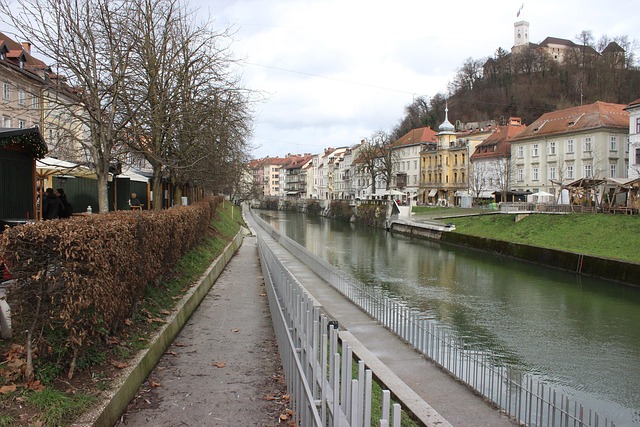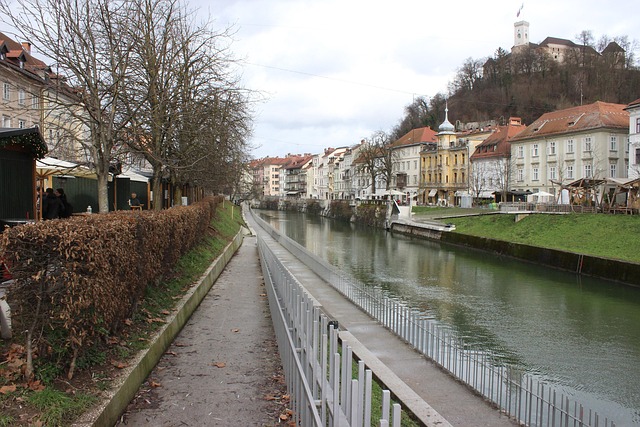Karachi's Gadap Town has seen significant improvements in its water supply system, evolving from early wells and shallow tube wells to a more robust network. However, challenges like aging pipelines, low pressure, and population strain remain. To overcome these issues, the area is focusing on infrastructure upgrades, regular maintenance, efficient management, modern piping technologies, smart metering, renewable energy for pumping stations, community engagement for responsible water usage, and ongoing infrastructure development. These initiatives aim to secure a reliable and sustainable water supply not just in Gadap Town but throughout the Karachi metropolitan area.
In the heart of Karachi, Gadap Town has long relied on its water supply system for sustenance and development. This article delves into the historical background and current state of water distribution in this vibrant community. We explore the challenges plaguing the existing infrastructure, from aging pipelines to irregular supply schedules. Moreover, it highlights initiatives aimed at improvement and presents future prospects for a more robust and reliable water supply network in Gadap Town, Karachi.
- History and Background of Water Supply in Gadap Town, Karachi
- Current State and Challenges of Water Distribution
- Initiatives and Future Prospects for Improved Water Supply
History and Background of Water Supply in Gadap Town, Karachi

The water supply system in Gadap Town, Karachi, has evolved significantly over the years, reflecting the city’s growth and development. Historically, Karachi, being a bustling metropolis, faced challenges in ensuring a consistent and clean water supply for its residents, especially during its early days as a colonial port city. The region’s arid climate and limited natural water sources exacerbated these issues, prompting the need for innovative solutions.
In the past, Gadap Town relied on wells and shallow tube wells for domestic water needs. These sources, while providing some relief, were often insufficient during the hot summer months when water demand surged. Over time, as Karachi’s population grew exponentially, the strain on existing water infrastructure became evident. This led to efforts to establish a more robust and sustainable water supply network, transforming the way water was accessed and distributed in Gadap Town and across the city of Karachi.
Current State and Challenges of Water Distribution

The water distribution system in Gadap Town, Karachi, has witnessed both progress and challenges over the years. Despite improvements, many areas within the town still face water scarcity and irregular supply. The current setup involves a network of pipelines connecting various neighborhoods to centralized water sources, but maintenance issues and outdated infrastructure have led to frequent disruptions.
One of the primary challenges is the aging pipeline network, which often suffers from leaks and breaks, leading to water wastage and low pressure in some areas. Additionally, the growing population of Karachi has put immense strain on the existing water supply, causing further strain on the distribution system. To address these issues, there is a pressing need for infrastructure upgrades, regular maintenance, and efficient management strategies to ensure a steady and reliable water supply for all residents of Gadap Town.
Initiatives and Future Prospects for Improved Water Supply

Gadap Town, a bustling part of Karachi, has witnessed significant strides in its water supply infrastructure over recent years. However, the quest for a sustainable and efficient water management system remains an ongoing initiative. The future prospects for improved water supply in this metropolis are promising, with several strategic plans in motion.
One key focus is on the adoption of innovative technologies to enhance water distribution networks. This includes modernizing aging pipes, implementing smart metering systems, and exploring renewable energy sources for water pumping stations. By leveraging these advancements, Karachi aims to reduce water wastage, improve pressure in low-lying areas, and ensure a more consistent supply throughout the year. Additionally, community engagement programs play a vital role in promoting responsible water usage and maintaining the integrity of the local water sources. These initiatives, combined with continued investment in infrastructure development, are steps towards securing a brighter future for water supply in Gadap Town and by extension, the broader Karachi metropolitan area.
The water supply system in Gadap Town, Karachi, has evolved over time, but challenges remain. The current state of distribution faces issues like leakage, infrastructure aging, and uneven access. However, initiatives towards digitalisation and efficient management techniques offer promising future prospects for improving water supply in this bustling metropolis. By leveraging technology and implementing sustainable practices, the community in Gadap Town can look forward to a more reliable and equitable water supply system.



